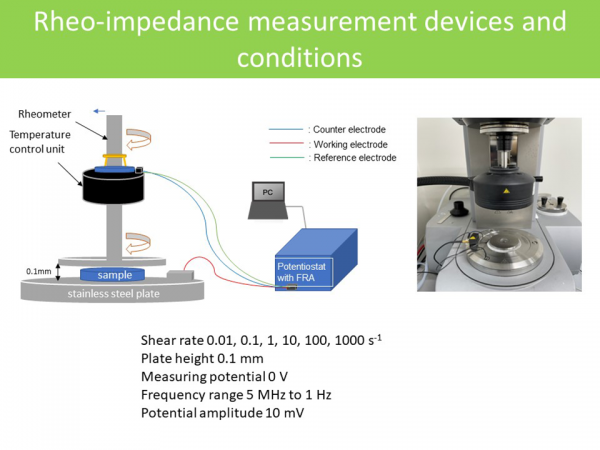Lithium-ion batteries are the powerhouse of modern-day electronics, and fuel cells are a promising candidate for sustainable energy devices.
Lithium-ion batteries are the powerhouse of modern-day electronics, and fuel cells are a promising candidate for sustainable energy devices. An important factor affecting the performance of both lithium-ion batteries and fuel cells is the dispersibility of carbon slurries, suspensions made of conductive carbon particles dispersed in a solvent. They can be easily coated on a metal collector to mass-produce electrodes. But the carbon particles in the slurry must be homogenously dispersed to ensure reliable battery performance.
However, evaluating the dispersibility of thick slurries with high particle concentrations is remarkably difficult. The large number of particles prevent peering into the internal structure of the slurries using direct spectroscopic techniques. Moreover, there are no methods to evaluate the dispersibility and conductive properties of slurries in response to shear stress applied during the coating process.
Against this backdrop, a research team led by Associate Professor Isao Shitanda from Tokyo University of Science (TUS) in Japan developed a novel technique to estimate the dispersibility of carbon slurries. Their latest study, published online in ACS Applied Electronic Materials on 1 August 2023, is co-authored by Dr. Yoshifumi Yamagata from Anton Paar Japan K. K. and Dr. Shingo Niinobe from Shin-Etsu Chemical Co., Ltd.
Read more at Tokyo University Of Science
Image Credit: Isao Shitanda/Tokyo University Of Science






